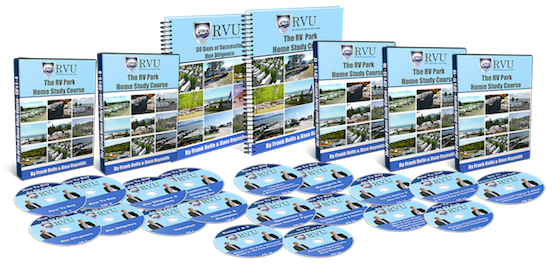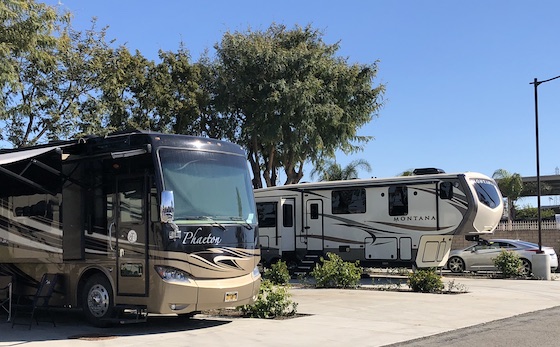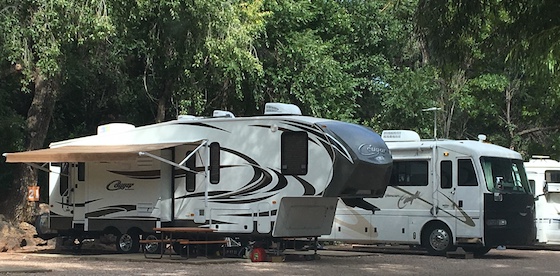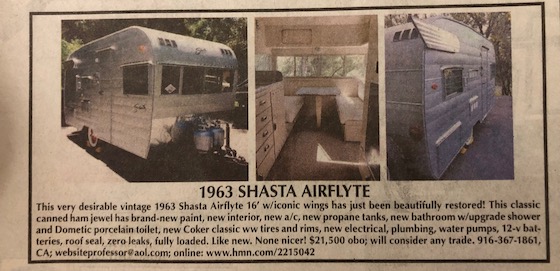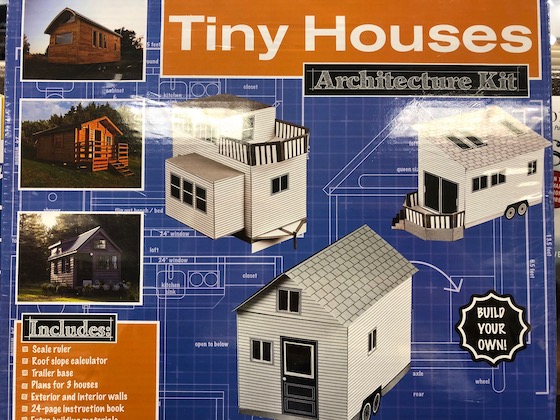One of the great things about buying RV parks from moms & pops is the possibility of seller financing. When you buy a property from someone with debt on it, there’s no likelihood they can carry paper, since they do not own it free and clear. But RV parks typically have no debt obligations, and there is always the opportunity to obtain it if you know what you’re doing.
What is “seller financing” and what is it not?
Real “seller financing” is when the seller of the RV park creates a note at closing that requires a down payment of 10% to 20%, a fixed interest rate, a 25 or 30-year amortization, and a loan term of 5 to 10 years. That’s what a real bank would offer, and that’s what you need as a buyer. However, some moms & pops will offer “seller financing” that is just a year or two or requires 50% down payment or a similarly large amount, or a 10-year amortization. That’s not real seller financing. There’s no way that such an offering by the seller is helping you at all – you’ll probably end up losing your down payment with that arrangement and would be better off just cancelling the deal.
Understanding the benefits to the property owner
So why would a mom & pop match the terms of a conventional bank loan? What’s in it for them? Actually, there are many legitimate reasons for this being an attractive arrangement for the seller including:
- Significantly higher interest rate than they can get otherwise. Most seller notes, based on bank interest rates, are roughly 5% right now, while most Treasuries are paying out 2.5%. Remember that the stock market ended 2019 in the red, and bonds didn’t do much better.
- Superior tax treatment. The seller only pays tax on the principal as he receives it, so he actually earns interest on that which would have to immediately go to the IRS on a conventional cash sale.
- Better collateral than other investments they can make. When the seller carries the paper on their mobile home park, their collateral is the park itself – and asset they built from scratch and know very well. But when they own stocks and bonds, their collateral is just a bunch of paper in industries they know nothing about and have no control over.
- Faster closing with no surprises. When an RV park is purchased with bank debt there is always the uncertainty and potential delay of it sailing through the loan committee and the funds actually showing up for closing. When the seller carries the paper, there’s no risk of closing delay or failure and the seller can start making plans for their retirement immediately.
How to explain these benefits in a user-friendly way
Mom & pop sellers don’t typically react well to the hard-sell. Sometimes, the seller offers to carry the financing on the front end – sometimes it’s even clearly labeled in the prospectus from the broker. However, others may not have even ever heard of that option. So you have to approach the sellers just the right way as to not offend them or appear desperate, and to merely educate them on the concept so they can do their own diligence and come to their own conclusion.
Why it may take several attempts to succeed
If a seller has no considered this option before, you may have to bounce it off them more than once. Typically, you start off with a verbal question “have you ever considered the benefits of carrying the financing?” That can start the process. But you may also need to supplement that – a week later – with a written summary showing the actual net difference to them monthly by carrying the paper vs. using a bank loan to purchase. Normally, the difference in their monthly investment income is double by going the seller carry route. Some sellers need one additional refresher with “did you have a chance to look over that comparison I sent you on carrying the financing vs. using a bank to do it?”
Another option: offering to different prices
Still another way to create seller financing is simply to give the RV park owner two different price offers when negotiating the deal: 1) the cash price and 2) the seller financed price. Typically, the seller-financed price is significantly higher (maybe 2% to 5% of deal size). This is designed to steer the seller to carry the paper, but it’s actually a good deal for both parties, as the fees to get the bank loan (appraisal, property condition report, points, legal fees, etc.) are typically the same or more than the price difference.
Conclusion
Seller financing is an extremely attractive part of RV park investing. Don’t miss the opportunity without giving it a shot. These steps will get you off on the right foot.


